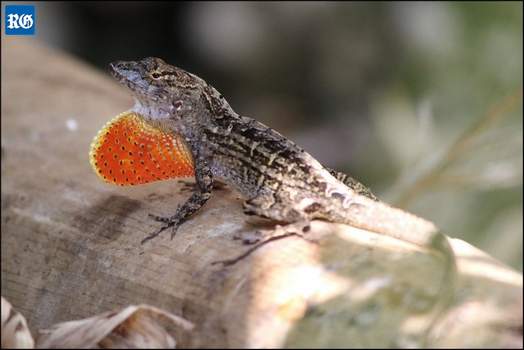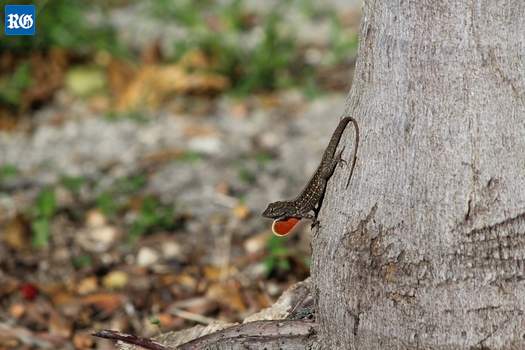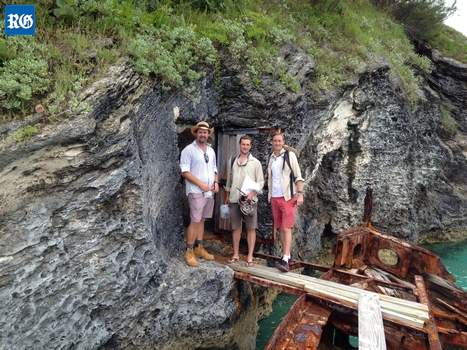Recent News
Hammerhead Shark ‘Visits’ White Horse PubMonday, April 23, 2018
A video of a hammerhead shark outside of the White Horse Pub & Restaurant has gone viral.
Schoolboy’s drive to protect the environment
Thursday, April 19, 2018
What started as a school assignment to clean up a beach has turned into a passion for a schoolboy.
Reflections on a Half Century of Sea Turtle Conservation
Sunday, April 15, 2018
David Godfrey is Executive Director of the Sea Turtle Conservancy (STC). The world's oldest and most accomplished sea turtle research and conservation group and partner of the Bermuda Turtle Project.
Lecture series to celebrate turtle project
Saturday, April 14, 2018
The Bermuda Turtle Project is celebrating its 50th anniversary with a lecture series featuring international experts.
Pod of ten whales seen offshore
Saturday, April 07, 2018
Two film-makers spotted a massive pod of whales off the coast of Bermuda.
About
GovernanceAbout Us
Newsletter
Latest News
Gift & Bookstore
Contact
General Inquiries
info@bzs.bm
Latest News
All the latest updates and news from the Bermuda Aquarium, Museum, and Zoo, one of Bermuda's leading visitor attractions!
Jonathan Bell
Published Nov 2, 2017 at 8:00 am (Updated Nov 2, 2017 at 6:05 am)

The brown anole lizard in Bermuda (Photograph by James Stroud)
Bermuda’s endangered skinks are soon to cross paths with a thriving invasive species that already outnumbers the entire native population.
James Stroud of Florida International University said the brown anole lizard had been recorded “living in some of the highest densities of any terrestrial vertebrate on Earth”.
Dr Stroud’s report was shared with The Royal Gazette in the wake of an article on the lizard’s spread after the reptiles were spotted around Aberfeldy nursery in Paget.

The brown anole lizard in Bermuda (Photograph by James Stroud)
Other clusters of the foreign lizard were found on the grounds of Belco and a lumber yard at Mill Creek, both in Pembroke.
The report, with Sean Giery from North Carolina State University and Mark Outerbridge from the Department of Environment and Natural Resources, “conservatively” estimated there were 4,000 to 5,000 of the lizards on the island — dwarfing a total skink population of 3,500.

Researchers on Nonsuch Island: from left, Mark Outerbridge of the Department
of Environment and Natural Resources, Sean Giery from the University of Connecticut,
and James Stroud of Florida International University (Photograph supplied)
The two species overlap “substantially” — both lizards prefer to stay on the ground, and eat the same ground-dwelling insects and spiders.
The scientists estimated that contact between the species might occur in less than ten years.
Brown anole numbers appear to reflect “an initial stage of invasion, and prior to exponential growth” — meaning the lizards could become a familiar sight around the island.
The brown anole, which is originally from the Caribbean, has spread around the world — partly because the lizards are popular as pets.


